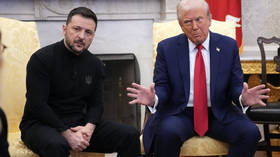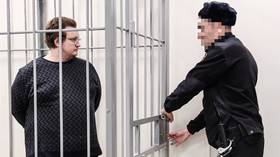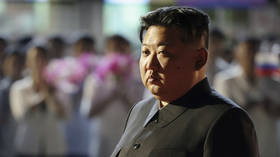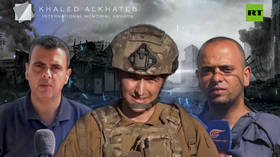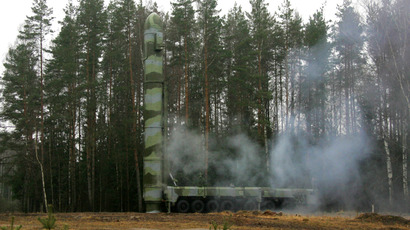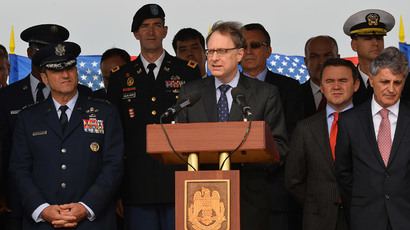NATO asks US for more troops in Baltic states, Poland to counter ‘Russia threat’
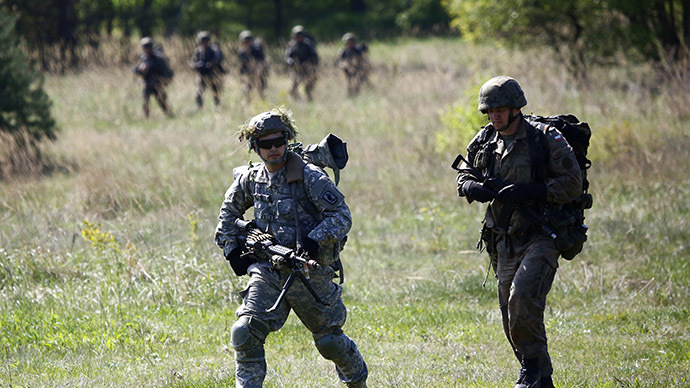
The North Atlantic bloc has asked the Pentagon to send more troops to Eastern Europe to counter the perceived threat of Russia. There are currently 750 US soldiers in Poland and the Baltic states, but the organization believes that this is not enough.
The alliance cites the current situation in Ukraine, as well as Russian military aircraft “incursions” into the airspace of the organization’s allies.
READ MORE: US tanks arrive in Latvia to ward off ‘perceived’ Russian threat (VIDEO)
“Because of the increased pressure that we feel in Eastern Europe now, and because of the assurance measures that we are taking in the Baltics, in Poland and in Romania, we require additional rotational presence,” Gen. Philip Breedlove, NATO’s supreme allied commander Europe, said at a Pentagon briefing Monday morning, which was reported by the US military website, Stripes.
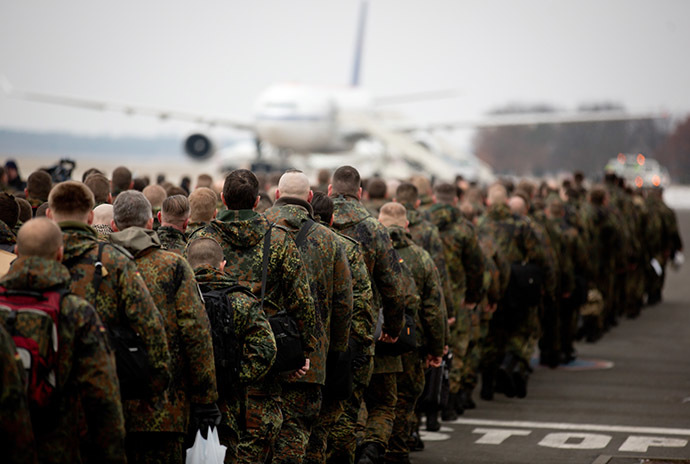
“What we are doing is working with the Army and other services to use their regionally aligned forces to get them forward, to get their experience forward, to bring that capability to interact with our partners and allies,” Breedlove said.
RAF Typhoons intercepted #Russian ‘Bear’ aircraft http://t.co/dTXBP9XzGtpic.twitter.com/iqC0eVhgjR
— NATO (@NATO) October 31, 2014
US tanks have arrived in Latvia in mid-October as NATO flexed its muscles in an apparent show of strength towards Moscow. The 1st Cavalry Division, based at Fort Hood in Texas are also being deployed in Estonia, Lithuania and Poland in a mission lasting three months, to provide training support and are equipped with M-1 Abrams tanks and Bradley infantry armored vehicles.
NATO Tracks Large-Scale #Russian Air Activity in Europe http://t.co/lDLDo28tkHpic.twitter.com/35GyAZ90Cl
— NATO (@NATO) October 30, 2014
The commander of the 1st Brigade of the 1st Cavalry Division, John Di Giambattista said at the time: "This is more than just a training mission. This is more than just a trip across the Atlantic; this is more than a multinational training exercise. This is how we demonstrate our nations' commitment to reassure our NATO allies."
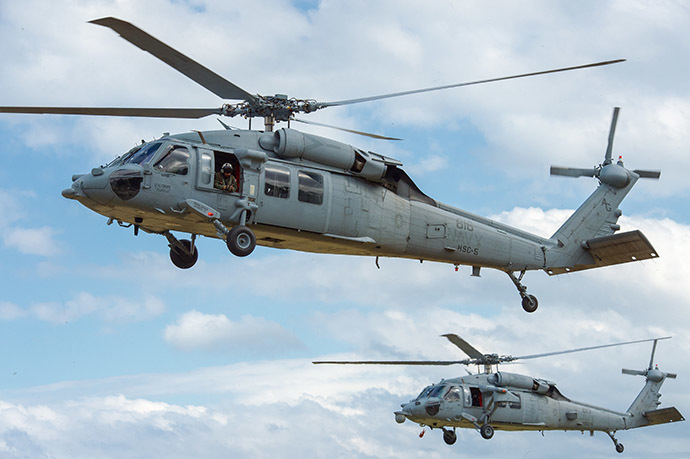
NATO has been concerned by what it called a significant rise in the number of incursions into European airspace by Russian fighter jets and bombers.
"What is significant is that across history, most of these incursions have been very small groups of airplanes, sometimes singletons or at most two aircraft," Breedlove said. "What you saw this past week was a larger, more complex formation of aircraft carrying out a little deeper, and I would say a little bit more provocative, flight path."
Top #NATO Commander: Putin Creating New Border Between #Ukraine and #Russiahttp://t.co/JEFAMxJO1Tpic.twitter.com/qvvBN5ISKm
— European Policies (@europeanpolicy) November 4, 2014
He believes the moves by Russia are to present itself as a “great power.” The general added, “My opinion is they're messaging us. They're messaging us that they are a great power. Moscow wanted to show it can exert influence on the alliance's calculations,” he said.
However, German Chancellor Angela Merkel said she was not very concerned about Russian incursions into European airspace. During a news conference with Slovenia’s prime minister last week, she admitted there had been an increase in Russian military activity, but said: “I am not acutely worried that a bigger violation of airspace is taking place.”


